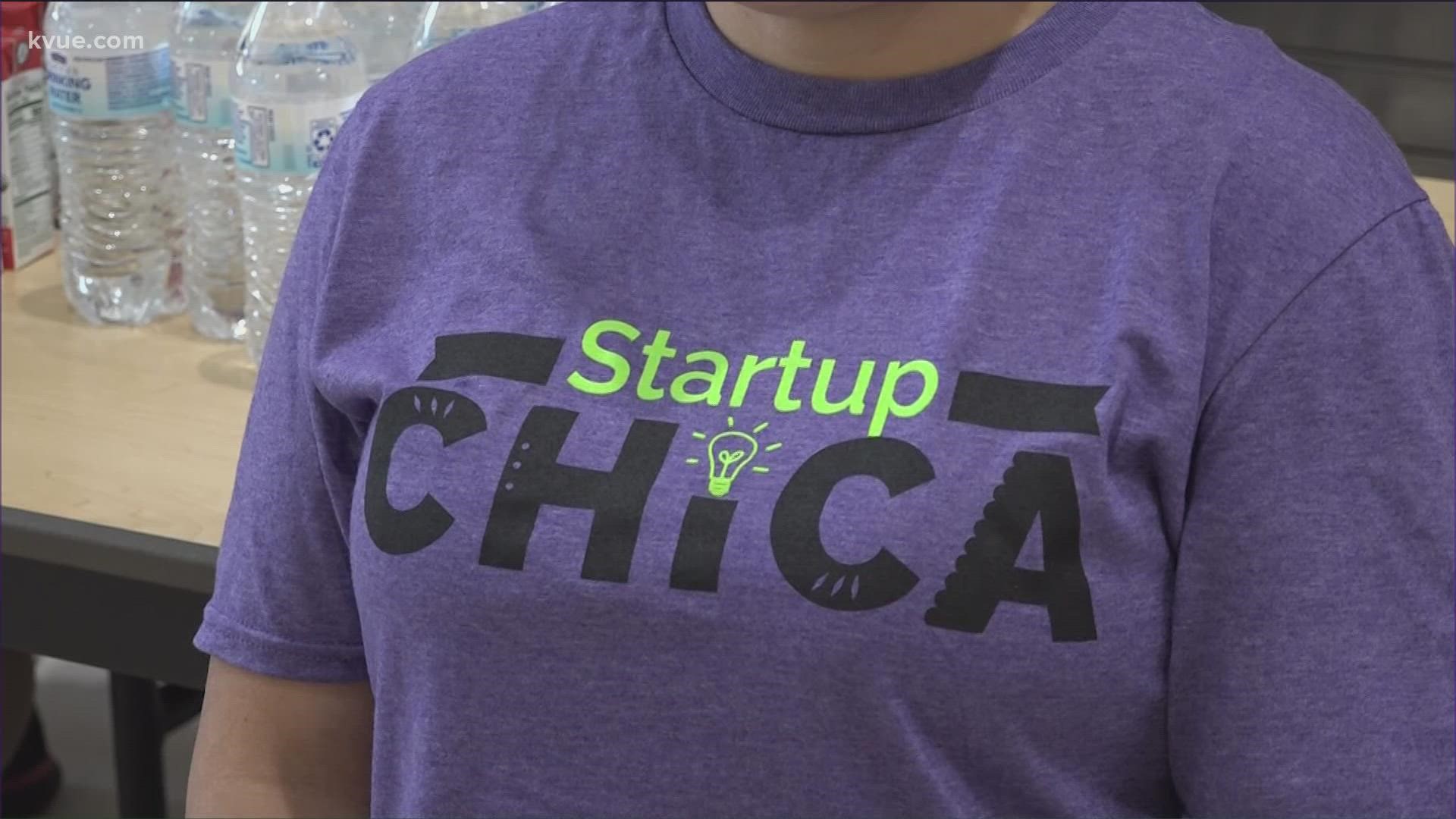AUSTIN, Texas — A University of Texas assistant professor of human development and family sciences, who heads up the Child Learning and Development Studies Lab, is using her childhood experience to research a topic important to her – bilingual learning.
Maria Arredondo first learned English when she moved from Argentina to the U.S. at age 12.
"I found it very interesting how my parents and older sister struggled to learn a new language," she said. "But my younger brother had a really easy time. And so I wondered: Why do some people struggle and some people seem to find it very easy?"
As a part of the study, Arredondo is looking into how children learn multiple languages as well as the skills needed to learn them and how they bleed into other forms of learning.
Part of the experiment will test the hypothesis that bilingual children are better at higher cognitive functions that are critical for learning – such as memory, inhibitory control and attention – compared to kids that only speak one language.
The experiment uses a cap placed on the child's head that in turn uses infrared light to safely map brain activity in real time. It's all a part of technique called functional near infrared spectroscopy (fNIRS) measuring oxygen levels in different areas of the brain as it becomes engaged in tasks, such as listening to speech.
Arredondo's research at UT is not the first time she's used fNIRS to study bilingual learning. During her postdoctoral studies at the University of British Columbia, she also studied infants from bilingual and monolingual households.
She has found that babies from bilingual households had more brain activity in the left frontal region, which is associated with language processing and language production.
"Interestingly, those bilingual babies who had the most increase in brain activity within this region were the ones who were exposed to higher levels of 'code-switching' — toggling between multiple languages — at home and were also more likely to perform the task correctly," said Marc G. Airhart, communications coordinator for the College of Natural Sciences. "And the bilinguals showed more improvement from age 6 months to 10 months than monolinguals."
Altogether, Arredondo says her research suggests that code-switching between languages at home could sharpen a bilingual child's attention and boost learning.
"These papers show that bilinguals' brains and ability in attention are adapting to their environment and improving over time," she said. "It's possible this code-switching environment is making them better at learning, but we don't fully know that from this data. It's all correlational."

